

Muad'dib
gamer level 8
26850 xp
26850 xp
followers
38
38
Use my invite URL to register (this will give me kudos)
https://boardgaming.com/register/?invited_by=muaddib
profile badges




recent achievements

The Bronze Heart
Give 10 Bronze Hearts to games that you like.
Give 10 Bronze Hearts to games that you like.

The Silver Heart
Give 10 Silver Hearts to games that you fancy.
Give 10 Silver Hearts to games that you fancy.

Gamer - Level 8
Earn Gamer XP to level up!
Earn Gamer XP to level up!

El Dorado
Explore select games by completing a series of exploration actions ...learn more »
Explore select games by completing a series of exploration actions ...learn more »
Player Stats
Critic (lvl 2)
415 xp
415 xp
Explorer (lvl 5)
5982 xp
5982 xp
Professor (lvl 2)
495 xp
495 xp
Reporter (lvl 2)
669 xp
669 xp
About Me
Although I certainly played the occasional board game previously, I consider myself to have formally entered the board gaming hobby relatively recently. I play cooperative, deck-building and worker placement games more frequently than other genres, but I try to branch out and play new games as often as I am able.

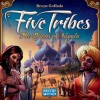










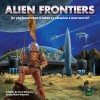







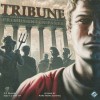







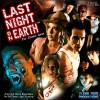
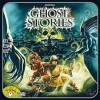
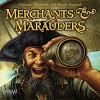
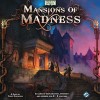


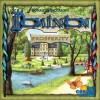


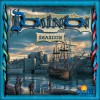


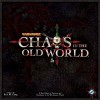

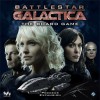
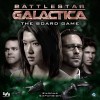






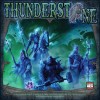










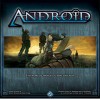

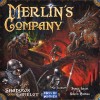
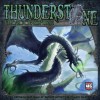

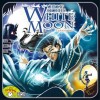
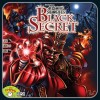
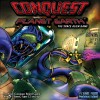
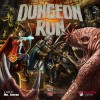




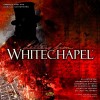


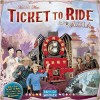

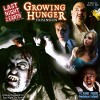


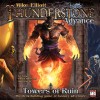

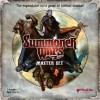
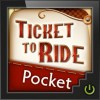
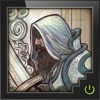
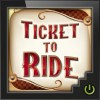
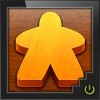
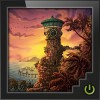










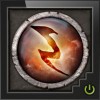


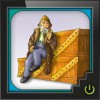
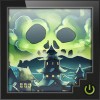
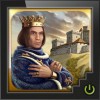
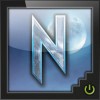

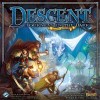




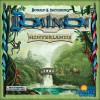
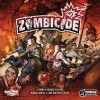




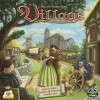


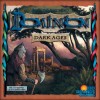





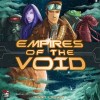





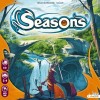
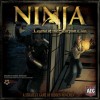


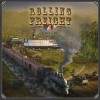
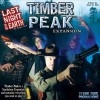
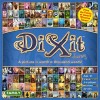



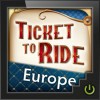
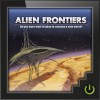
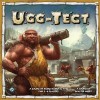
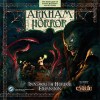
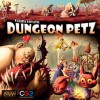
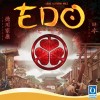












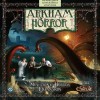
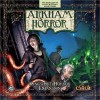

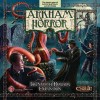


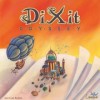
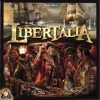



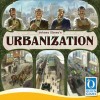
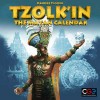



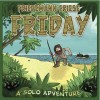
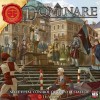
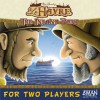


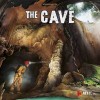
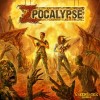


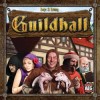









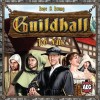


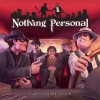


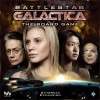

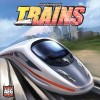
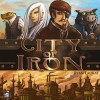



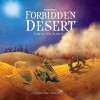



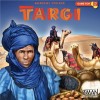



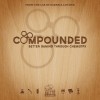




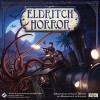

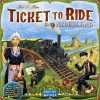











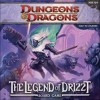
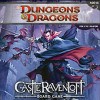
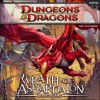



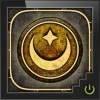

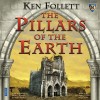
![Go to the Level 7 [Omega Protocol] page Go to the Level 7 [Omega Protocol] page](https://boardgaming.com/wp-content/uploads/2013/06/LEVEL-7-Omega-Protocol--100x100.jpg)




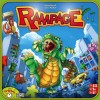


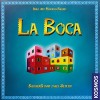

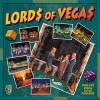





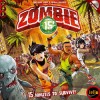
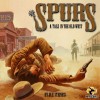
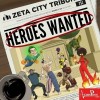


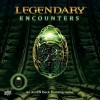







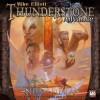
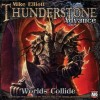

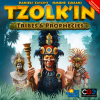







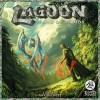
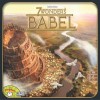
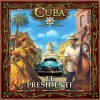
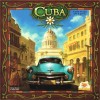


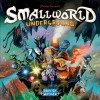
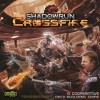

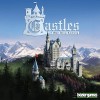


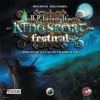


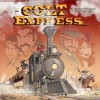
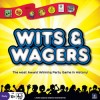
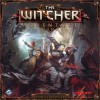
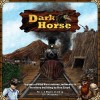


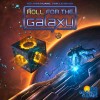

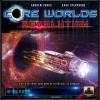

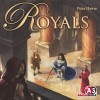



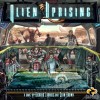
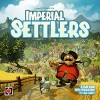
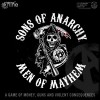

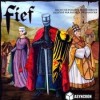

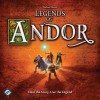
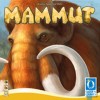
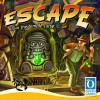


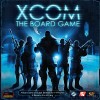




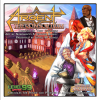

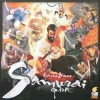
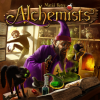


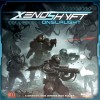


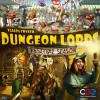
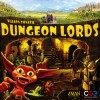










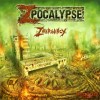



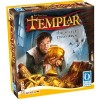


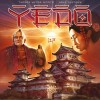

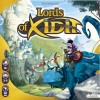


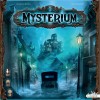


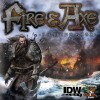



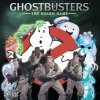

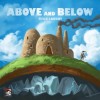
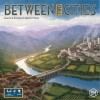


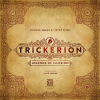


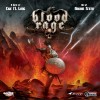
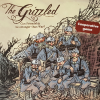



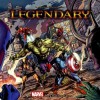


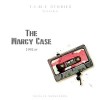

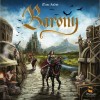

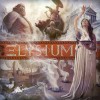
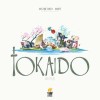




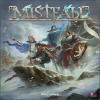
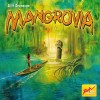

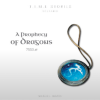


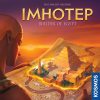










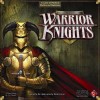









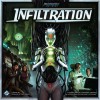


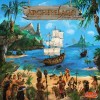
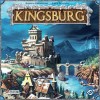
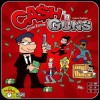
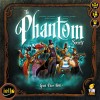
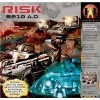



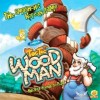



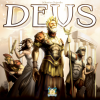


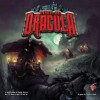
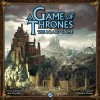






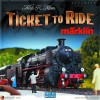



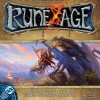

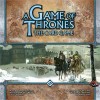
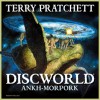

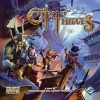
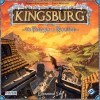












Ticket to Ride
Ticket to Ride is a family-oriented board game for 2 to 5 players that is the first entry in the well-populated Ticket to Ride series. The game has gameplay features including card drafting, set collection and network building.
Gameplay Summary
The goal of each player is to earn the most victory points by building train routes. Victory points are primarily awarded for completing routes between cities, which result in rewards based on the length of the completed route. Routes are most often completed in the service of Destination Tickets, which award players extra points for ultimately connecting two cities on the board. Finally, the player with the longest continuous route also scores a unique bonus at the end of the game.
Players start the game with a few Train Car cards and Destination Tickets, plastic trains in their chosen color, and a scoring marker. During each player’s turn, they may draw cards from the Train Car tableau, draw additional Destination Tickets, or claim a route by expending Train Car cards from their hand that match the color of the route and placing their trains along the chosen route. Gray routes can be claimed with Train Car cards of any single color, and some Train Car cards are Locomotives, which act as wild cards. Once one player’s train stock gets down to 2 or less, everyone takes a final turn and then tabulates their scores by adding their claimed route points, completed Destination Tickets, and the Longest Route bonus, if applicable, and then subtracting points for incomplete Destination Tickets. The player with the most points wins.
Components and Theme
The game comes with a beautiful and functional board, plastic trains and wooden scoring tokens for each of the 5 player colors, and cards for the Train Cars and Destination Tickets. Everything is of good quality, and there are extra trains in case a few get lost or destroyed. However, the base game uses small European-sized cards for the Train Cards and Destination Tickets, which makes them difficult to reliably shuffle. Days of Wonder put out a small expansion to fix this, but the presence of the small cards included by default is worth noting.
The theme is of 1900s-era America, and although this is well-represented in the art, components and graphic design, the game mechanics really boil down to just collecting sets of differently-colored cards, so theme is not a primary driver in this game.
Ease of Adoption
This game is very easy to learn and teach, even for people new to board games or those familiar with Monopoly or its ilk. Mastery of the concepts, which is largely derived by developing a sense of timing as to when to claim routes, will take a few plays and is achievable by players of any experience level.
There is no direct conflict and no built-in player interaction. Players may indirectly conflict with each other by claiming routes that block the plans of others, but this happens more often by chance than via careful strategic planning.
Setup and Play Times
Setup is very easy and can be done in less than 5 minutes, even for new players.
Gameplay typically takes 30-60 minutes depending on the number of players. Each turn is relatively short, and the simplicity of the game generally prevents analysis paralysis (AP), even for new players.
Luck Factor
Since the only way to complete routes is by playing Train Car card sets of a matching color, and what routes are needed is dictated by each player’s Destination Tickets, the random nature of the Train Car tableau and draw deck can severely limit a player’s chances to complete the required routes. Although this is construed to be a critical weak point of the game by its detractors, the random nature of the draws is actually more of a balancing mechanic meant to give younger or less experienced players a chance to win against adults or experienced players, respectively.
Fun Factor
The game has a quick pace, even with new players, and it is fun experience for gamers of all levels and ages, as evidenced by its extraordinary popularity.
Replay Value
Though there is a strong random element to the game, the game mechanics are very simple, making replay value low for players needing depth but good for players who enjoy the quick pace and fun play.
Although not part of the scope of this review, there are numerous expansions for the game which add variety in tickets, mechanics and game play modes that will help keep the game fresh.
Suggested Audience
This game is good for gamers of varying ages and levels of experience, and it is particularly good for families, as it is one of the best board gaming hobby gateway games available. Gamers requiring strategic depth or less reliance on luck in their games might want to avoid this.
Conclusion
Ticket to Ride is one of my favorite games of all time, and I own it and a number of its expansions in Xbox Live, iPad, iPhone and physical formats. I recognize that the gameplay is relatively shallow, but it is the simplicity and elegance of the game’s mechanics that makes me feel it to be one of the best, if not the best, board gaming gateway game to introduce potential new players to the hobby. So, whether you want to introduce your family to board games or a palate cleanser between brain burners on board game night, I suggest you give Ticket to Ride a try.